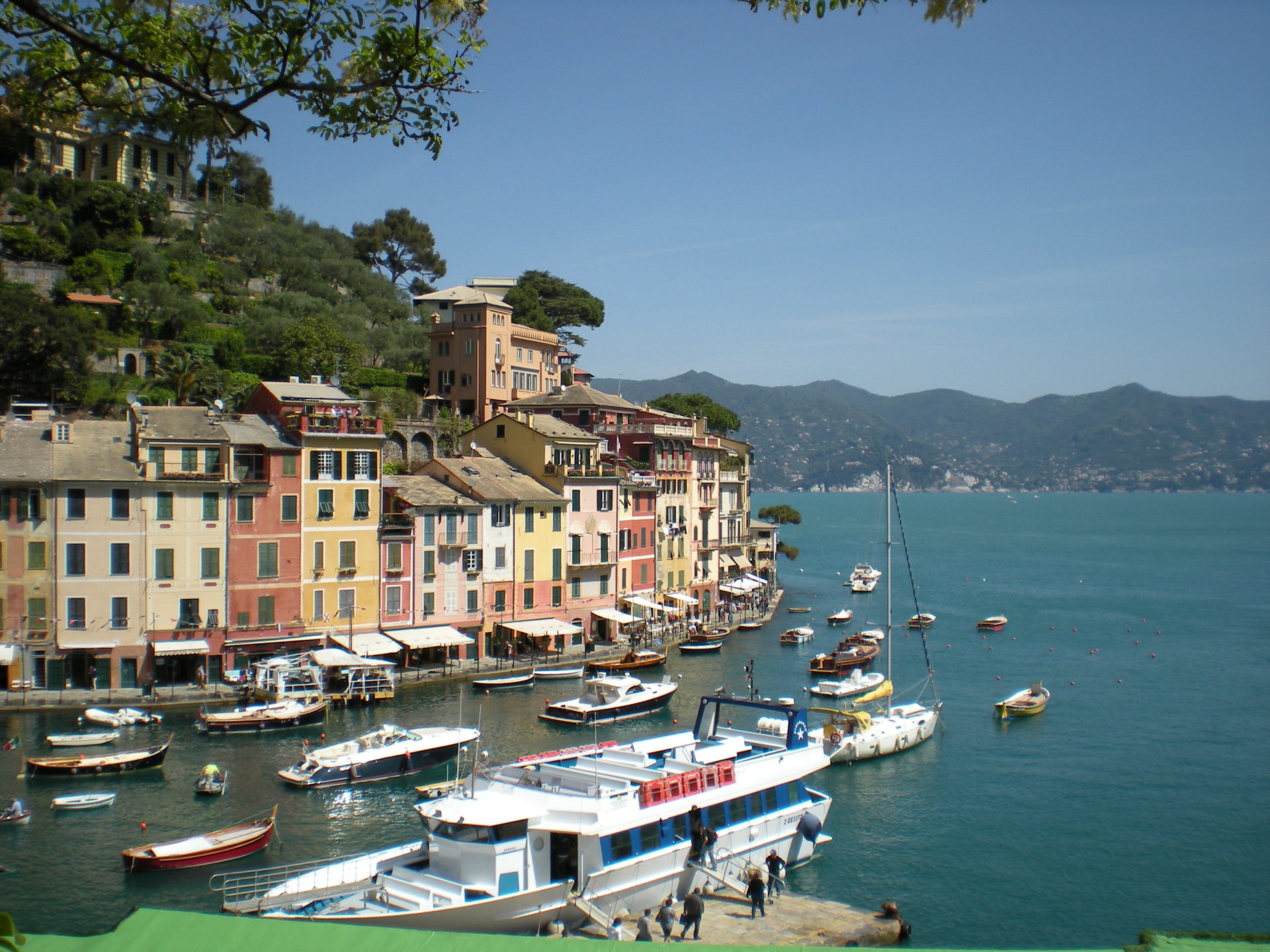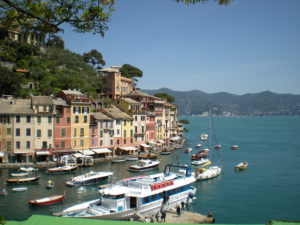The Scourge of Drug Resistance
If antibiotics stop working, medicine will return to the 19th century when people routinely died of a minor cut, burn, or medical procedure. That may be coming as bacterial infections increasingly resist antibiotics and “superbugs” are evolving that can survive all antibiotic treatments. One study noted at the right estimates that by 2050 some 10 million people could die each year and cost the global economy US$60−US$100 trillion. [i]
The reasons include over-prescribing of antibiotics; patients’ failure to take their full prescription, leaving the strongest bugs to breed; and especially the use of low-dose antibiotics to stimulate growth in farm animals. There are no known cures for drug-resistant infections, and few new antibiotics are coming down the pipeline. Other treatments are in the works, but it could be years before they become available.
In the meantime, hospitals lose patients to uncontrollable infections, and periodic outbreaks of drug-resistant disease are becoming a major public health concern. UK chief medical officer Dame Sally Davies calls drug-resistant bacteria a serious global threat. [ii]
The World Health Organization emphasized, “A post-antibiotic era in which common infections and minor injuries can kill [is] a very real possibility. Without urgent action, we are heading for a post-antibiotic era, in which common infections and minor injuries can once again kill.” [iii]
Trends Driving Resistance
Antibiotic resistance is caused by a number of unsafe health practices and conditions that have encourage this problem. In some countries, antibiotics are available over the counter without a prescription. Farm animals are fed antibiotics to promote growth. Animals in close quarters are an ideal breeding ground. Drug-resistant bugs have been found in pigs, chicken, rabbits, birds, and even pets. Superbugs were once confined to hospitals and nursing homes, but the use widespread air travel have created outbreaks in healthy people. Hotel rooms often test positive for drug-resistant bacteria. Superbugs are found in sewage plants where effluent is treated for use in irrigation and as fertilizer. They survive purification, so even higher levels are found in dewatered sludge used as fertilizer.
Some illnesses are more prone to drug resistance. Overall, 23,000 people die each year of antibiotic resistance in the US alone. The US CDC already lists multiple drug-resistant diseases as one of the biggest threats to medicine. The World Health Organization estimates that multi-drug resistant tuberculosis accounts for more than 650,000 deaths annually. [iv]
Infections caused by an antibiotic-resistant strain of E. coli have undergone a dramatic increase since 2008. Scientists recently learned that the deadliest infections, which kill 20 to 40 percent of patients, are caused by the same fast-growing strain of bacteria around the world. Parasites that cause Malaria long ago learned to survive chloroquine and they are becoming resistant to artemisinin, the current drug of choice, and there are few replacements in the pipeline. [v]
New Antibacterials Being Developed
Fortunately, preventive measures are being implemented in various ways. Advances are being made in developing alternatives to antibiotics, but the pace is slow. Only 30 or so drugs are in trials, compared to hundreds under development for cancer. Here are programs underway:
- Making Drugs More Potent Preliminary results show that modifying existing antibiotics, such as vancomycin, can make them up to 25,000 times more potent. [vi]
- Immune Booster Researchers have found a drug that mimics a harmless virus and helps the body fight off antibiotic-resistant bacteria.
- Mass UV exposure One plan to diminish infection is to massively deploy UV-C lights in operating theatres, food preparation areas, schools and other locations of high risk. UV-C can kill viruses and bacteria but cannot penetrate the skin and is thus less harmful to humans than other forms of UV light. The practical challenges are enormous at a scale to be effective, and prolonged exposure has been shown to damage the eyes. [vii]
- Quantum Dots Scientists have tailored particles 1/20,000th the size of a human hair to kill drug-resistant infections without harm to the patient. The technique is suited to treatment of infected cuts and of systemic infections, which can be especially hard to cure. [viii]
- Phage Therapy Doctors experimented with phage therapy, which uses viruses that naturally destroy bacteria to eliminate an infection. One bacteriophage specifically targets Clostridium difficile, which kills some 14,000 hospital patients in the US each year. Possible improvements include using only selected parts of the phage for therapy and genetically engineering phages to target specific infections.
- New Drug Discoveries Advances are leading to a new generation of drugs that tackle infections resistant to antibiotics. An Australian team’s discovery of the structure of the “masking protein” responsible for the resistance is hailed as a “breakthrough.” [ix]
- World Health Organization WHO has helped all members of the UN to form plans to combat anti-biotic resistance. They recently announced a list of all pathogens posing the greatest threat. [x]
- US Government The US Food and Drug Administration asked drug companies to stop using antibiotics on farm animals, banned triclosan from consumer antiseptic washes, and they have a task force for new drug development. The US Centers for Disease Control has an Antimicrobial Resistance program and response teams. [xi]
- Big Pharma 85 pharmaceutical companies have pledged to work together to combat drug resistance. A major approach is to develop new business models that encourage innovation, like awarding big prizes for new antibiotics.
Most Likely Forecast
One-third of the global population carries drug-resistant germs on their skin or in their nostrils. Outbreaks of Klebsiella, Salmonella, Shigella, and E. coli have risen four-fold over 10 years, and resistance is spreading from animals to humans in China. [xii]
In the US alone, 2 million people contract serious drug-resistant infections each year; 23,000 die. Another 25,000 a year die in Europe. Various studies estimate antimicrobial resistance to cost the global economy between $2 trillion and $100 trillion by 2050.
A WHO analysis of 114 countries found “very high” rates of resistant infections across all regions, including “alarming” rates in many parts of the world.
A new WHO initiative Global Antimicrobial Surveillance System (GLASS) has revealed widespread antibiotic resistance levels across the 22 countries. In some countries, as many as 82% of patients with a bloodstream infection had bacteria resistant to at least one of the most commonly used antibiotics. [xiii]
The TechCast Expert Brain Trust estimates a high probability of about 55 percent that superbugs would break out in the few decades, and they think the social impact would be severe.
Strategic Implications
Drug-resistant superbugs could bring new opportunities for makers of disinfectants and related hardware and services. For example, a company called Xenex Disinfection Services secured $11.3 million in investor funding to make high-powered UV lights used to disinfect whole rooms and are now being deployed by various hospitals. [xiv]
The effects of widespread superbugs would be devastating to health care systems, spread incurable disease, and savage economies. If antibiotic resistance spreads out of control, people will routinely die as they did in previous centuries, of untreatable infections after minor medical procedures and everyday cuts, burns, and scrapes. Medical facilities would be overwhelmed with untreatable patients. Drug-resistant infections cost the US health-care system more than US$20 billion annually, in part because patients require more than 8 million extra hospital days.
[i]Washington Post, May 31, 2016
[ii]The Drugs Don’t Work: A Global Threat.New York, Penguin
[iii]World Health Organization, Oct 2016
[iv]US Centers for Disease Control & Prevention, Jan 26, 2017
[v]UN World Health Organization, March 2017
[vi]Guardian, Oct 23, 2017
[vii]TED, Apr, 2017
[viii]Huffington Post, Jan 20, 2016
[ix]ABC, Feb 15, 2017
[x]Washington Post, Feb 26, 2017
[xi]New York Times, Jan 18, 2017
[xii]Financial Times, Feb 18, 2017
[xiii]World Health Organization, Jan 28, 2018
[xiv]Yahoo! Finance, Mar 31, 2017












